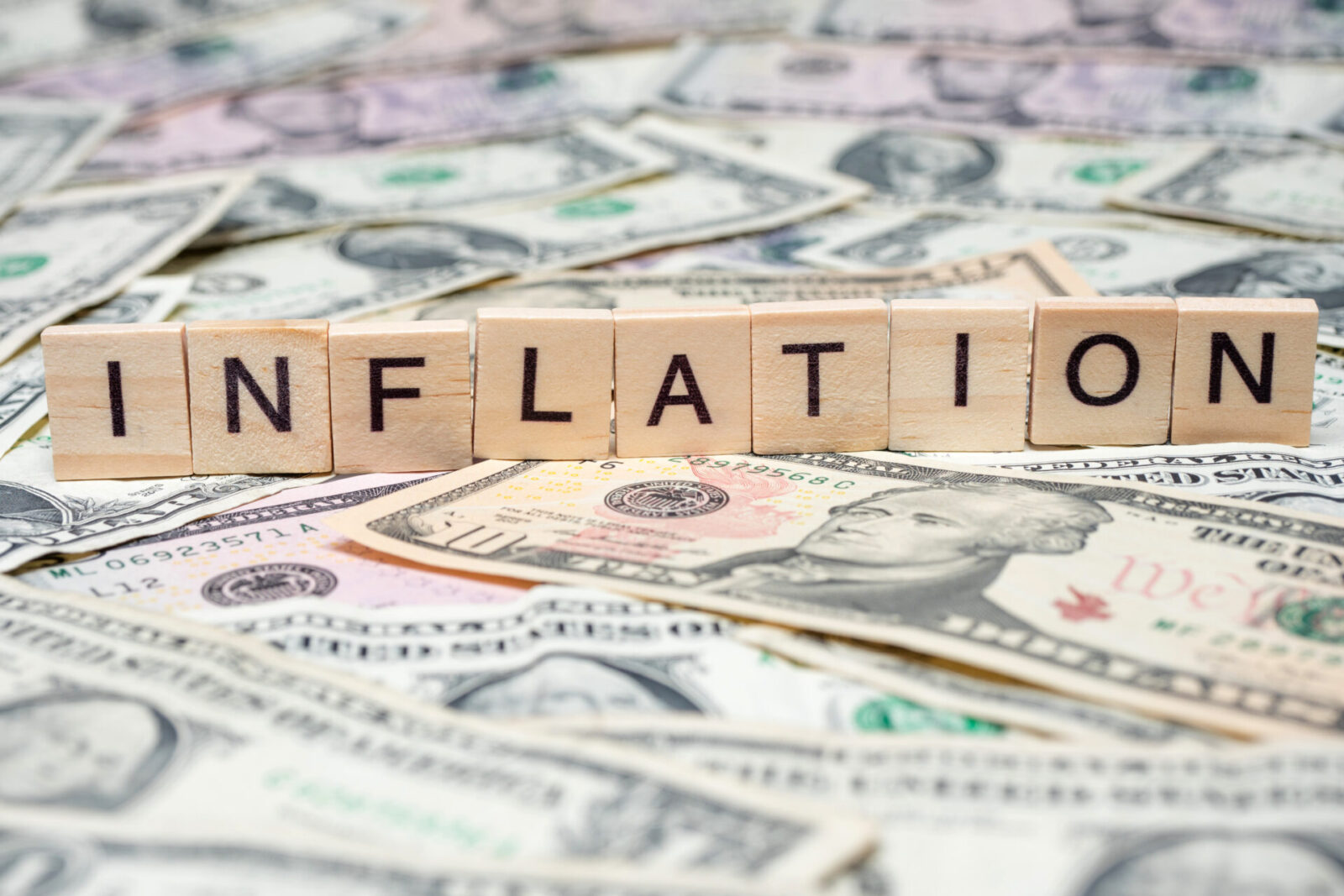
US inflation fell in May as the Federal Reserve left interest rates unchanged.
The US dollar came under pressure on Wednesday, as the double whammy of inflation data and the Federal Reserve’s interest rate meeting dominated proceedings.
GBP/USD climbed to its highest since last summer on news of cooling US inflation. Even the euro, which has been battered and bruised by political events this week, managed to claw back a cent against the US dollar. However, the US dollar soon strengthened as the Federal Reserve indicated just one interest rate cut in 2024.
In the afternoon session, US headline inflation fell to 3.3% in May, below the forecasted 3.4% and reversing two consecutive months of increases. Core inflation also came in lower than expected, which heightened the sense that the trend of price increases was gradually slowing.
While the US dollar fell, American stock markets did the opposite, as Wall Street drank in the news and government bond yields fell — a telltale sign of increased confidence in wider markets.
All this set the scene beautifully for Fed chair Jerome Powell. Before he appeared, traders had increased their assumed likelihood of an interest rate cut before November to 84%. But would Mr Powell cast that calculation into doubt?
Yes was the short answer. The Fed’s dot plot (essentially a chart showing the expected trajectory of borrowing rates) showed interest rates not falling by as much or as soon as had been expected this year. Expectations of a September rate cut had been growing yesterday, and while Powell didn’t rule it out completely, the chart showed November to be the likeliest start of the easing cycle.
News that the UK economy failed to grow in a miserably wet and gloomy April will have come as unpleasant news for Rishi Sunak. The Prime Minister is fighting an increasingly tricky campaign, with ITV releasing the footage from his now infamous D-day interview last night.
The Green party released its election manifesto yesterday and Labour will release their own today. The Greens came under some pressure for the scale of their spending plans, which focused on reforming the NHS, boosting public services and hastening the transition to a low-carbon economy.
In other news, the European Union has notified the Chinese government that it plans to impose tariffs of up to 38% on imports of Chinese electric vehicles. China vowed to immediately hit back, promising to ‘defend the legitimate rights and interests of Chinese companies’, prompting fears of a trade war.
Make sure any upcoming transactions are protected against the risks of sudden market movements. Secure a fixed exchange rate now with a forward contract; call your account manager on 020 3918 7255 to get started.
GBP: Rain to blame?
A million different factors combine to impact a country’s economic growth, but one frequently cited variable in April was the weather. Time will tell if this is true, but zero growth is a slightly troubling detour for the UK economy, even though it had been expected.
GBP/USD: the past year
EUR: Back in the game
The euro rode on the coattails of US inflation data to post a much stronger day on Wednesday. In fact, EUR/USD managed to erase its losses and had been sitting slightly above where it began the week, before the Federal Reserve dented that momentum.
GBP/EUR: the past year
USD: Not out of the woods
Currency markets reacted fast to May’s inflation data. It’s a story we’ve seen many times over the last few years and one invariably followed by a swift correction. With the figures coming thick and fast, it’s unlikely that recent volatility is behind us.
EUR/USD: the past year
For more on currencies and currency risk management strategies, please get in touch with your Smart Currency Business account manager on 020 7898 0500 or your Private Client Account Manager on 020 7898 0541.

 020 7898 0500
020 7898 0500
